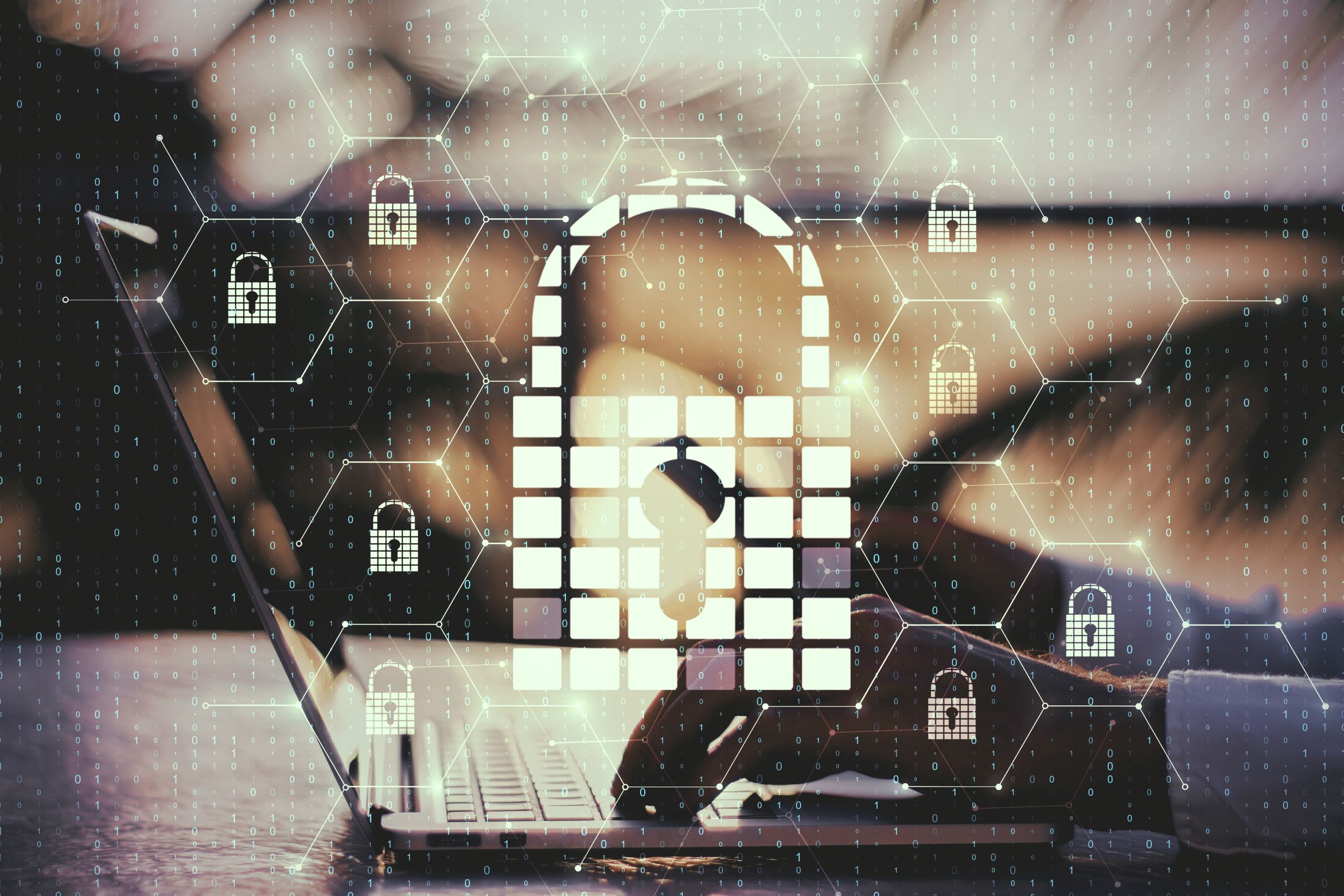No products in the basket.

Home » Mastering Secure Configuration: Your Essential Guide to Cyber Essentials Certification
In the cyber world, the line between safety and vulnerability often hinges on how well your network is configured. Secure configuration isn’t just a best practise; it’s a cornerstone for achieving Cyber Essentials certification. In this post, we’ll explore the why and how of secure configurations, setting you on the path to a safer digital environment.
Significance of Secure Configuration:
What is Secure Configuration?
Robust Configuration Practises:
Preparing for Cyber Essentials Assessment:
When setting up devices on your internal network, minimising vulnerabilities is key. Secure configuration refers to fine-tuning your devices’ settings to enhance security and mitigate risks. A staggering 96% of penetration tests by Rapid7, a leading security data and analytics provider, reveal weaknesses due to misconfigured software and hardware. Often, these issues stem from default settings prioritising convenience over security. This is especially risky for internet-facing elements like web servers, share points, and gateways.
A frequent misstep in secure configurations involves user and administrator password policies. Here are some best practises:
Beyond passwords, consider these routine changes:
To meet the Cyber Essentials criteria, follow the above advice diligently. Encourage employees to maintain complex passwords and secure accounts. Regularly review and update configurations to match evolving software updates and internet threats. This continuous vigilance ensures the confidentiality, integrity, and accessibility of your network.
Secure configuration is more than a technical requirement; it’s about creating a culture of security within your organisation. By following these guidelines, you’re not just preparing for a Cyber Essentials assessment; you’re fortifying your defences against the ever-evolving cyber threats.
Stay safe, stay secure, and remember – a well-configured network is your first line of defence in the digital world!
| Cookie | Duration | Description |
|---|---|---|
| cookielawinfo-checkbox-analytics | 11 months | This cookie is set by GDPR Cookie Consent plugin. The cookie is used to store the user consent for the cookies in the category "Analytics". |
| cookielawinfo-checkbox-functional | 11 months | The cookie is set by GDPR cookie consent to record the user consent for the cookies in the category "Functional". |
| cookielawinfo-checkbox-necessary | 11 months | This cookie is set by GDPR Cookie Consent plugin. The cookies is used to store the user consent for the cookies in the category "Necessary". |
| cookielawinfo-checkbox-others | 11 months | This cookie is set by GDPR Cookie Consent plugin. The cookie is used to store the user consent for the cookies in the category "Other. |
| cookielawinfo-checkbox-performance | 11 months | This cookie is set by GDPR Cookie Consent plugin. The cookie is used to store the user consent for the cookies in the category "Performance". |
| viewed_cookie_policy | 11 months | The cookie is set by the GDPR Cookie Consent plugin and is used to store whether or not user has consented to the use of cookies. It does not store any personal data. |

